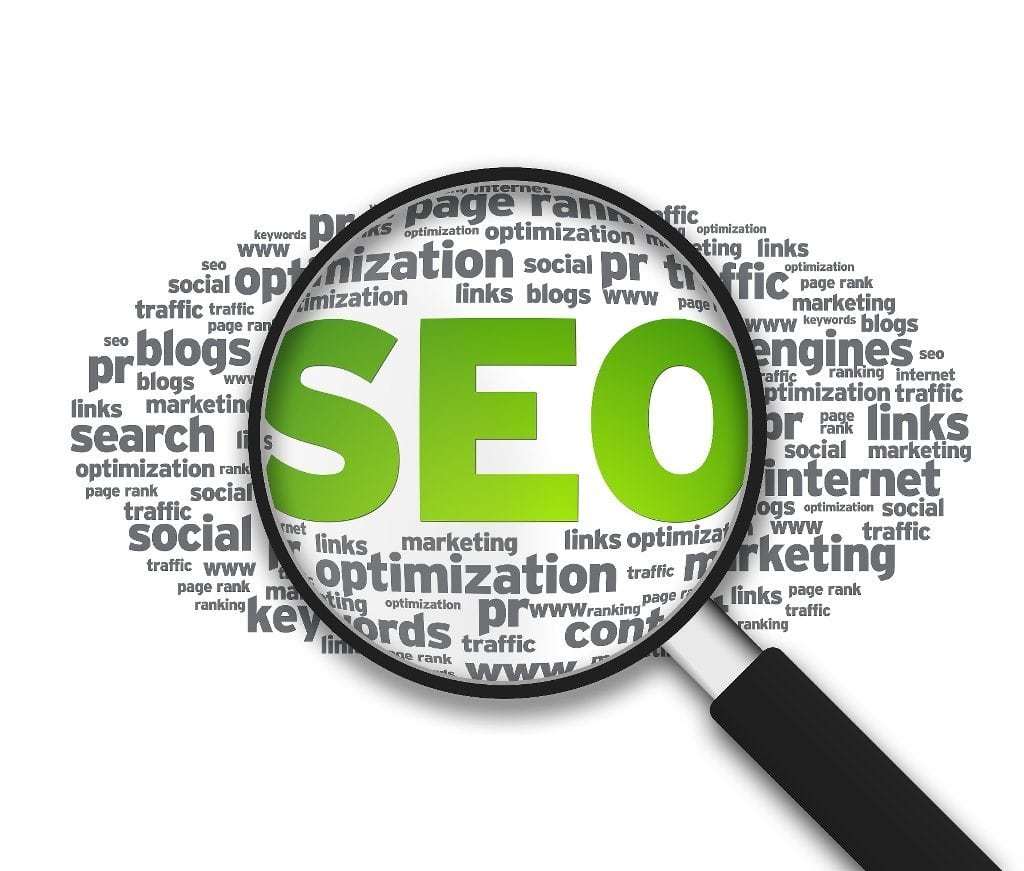SEO is a common buzzword, and has been for some time. So what is SEO? Why are so many people talking about it? Most importantly, how can it help you grow your business?

SEO stands for search engine optimization. It is the process of getting traffic from the “free” or “organic” listings on search engines like Google, Bing and Yahoo. With SEO, payment to search engines is not involved, as it is with PPC (pay per click) marketing.
The reason you hear so many people asking “what is SEO?” is that it works – under the right conditions. If there is one constant in SEO, it is change. So it is important to do your research when starting an SEO campaign – whether it be through a third-party such as 417 Marketing or done in-house.
Ideally, SEO is a part of a more comprehensive online marketing strategy. Online marketing consists of three main components: exposure for your website online, traffic to your website, and turning website visitors into donors, customers or interested stakeholders (this is referred to as conversion).
Exposure
Quality SEO services lead to more exposure for your company online from sources including (but not limited to) search engines like Google, Yahoo! and Bing. Increased online exposure from search engines begins with strategy. Specifically, keyword strategy. Work to create a keyword strategy that consists of keywords and keyword phrases that are relevant to your organization. Consider relative competition levels and avoid allocating precious resources to keywords that may be difficult (or impossible) to gain exposure for. Ensure that the keywords you choose provide search volumes that make the work it takes to rank at the top of the first page of search results worthwhile.
Once the strategy is in place, the work to achieve the goal of ranking at the top-third of the first page of results begins. Specifically, that work begins with on-page optimization of the website to meet Google’s webmaster guidelines. Work to optimize key online directories, such as Google+ Local and others. Ensure that work is done on an online basis to create and distribute the kind of quality written content that leads to increased authority for your website over time. After all, Google is in the business of judging the authority of websites. The more authoritative your website, the higher your search positioning (and the more exposure you will receive).
Traffic
Exposure is great, but if your goal begins and ends with “getting to #1? with Google, your strategy may be flawed. Exposure does little to nothing for your business if potential customers are not clicking through to your website. So how does one work to get these clicks? It begins with a variety of conversion optimization techniques, including preferential local search positioning (the blended results area), optimized Meta descriptions to encourage people to click on your link and rich snippets.
Be sure to set up website analytics that show just how much traffic you are getting. In terms of the data free analytic services (such as Google Analytics) can provide, limitations are few. This service will show you how many visitors came to your website each month, where they came from, how long they stayed and where they clicked. If they came from Google, they will even report which keyword they typed in to find you (unless that user is logged into a Google account at the time).
Conversion
Exposure and traffic are wonderful, but they mean little unless they lead to growth in your business. This is where conversion optimization comes in. In addition to working to develop increased online exposure and traffic to your website, you will need to work on turning that traffic into paying customers. How is this done? It begins with the development of a clear call-to-action. What are you asking the visitors of your website to do? Are you asking them to do anything at all? Are you asking them to do too many things (which leads to confusion)? Your call-to-action should be clear and easy to execute.
Next, work to setup conversion tracking systems. Fold conversion tracking into website analytics, so that you can see exactly what percentage of visitors to your website “converted” into customers.
Be sure your phone number is properly formatted on your website, using dashes instead of periods. Your phone number should be formatted as follows: 555-555-5555. Otherwise, users of mobile phones will not be able to call your business simply by clicking on your phone number. Given that 56% of all mobile users access the Internet with their phones, this is an important tip!
What is SEO? SEO is both art and science that requires solid strategy, commitment and long-term vision. It takes time to results. If you are looking for online marketing that delivers a more immediate impact, PPC (pay-per-click) marketing services may be a better fit for you and your organization.


